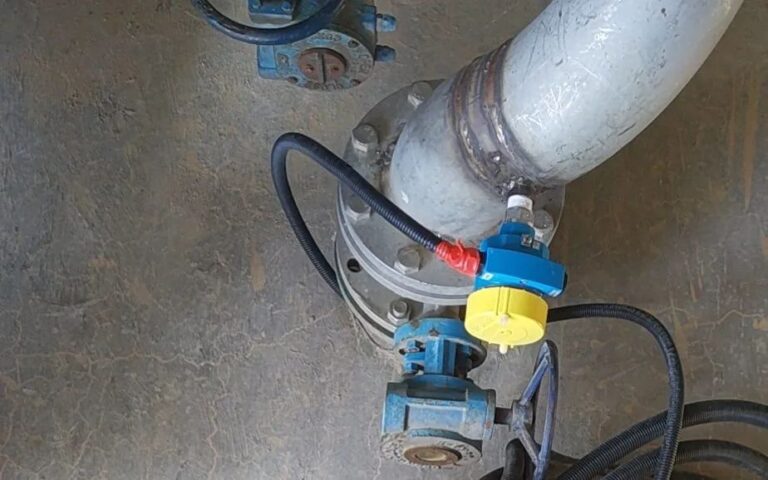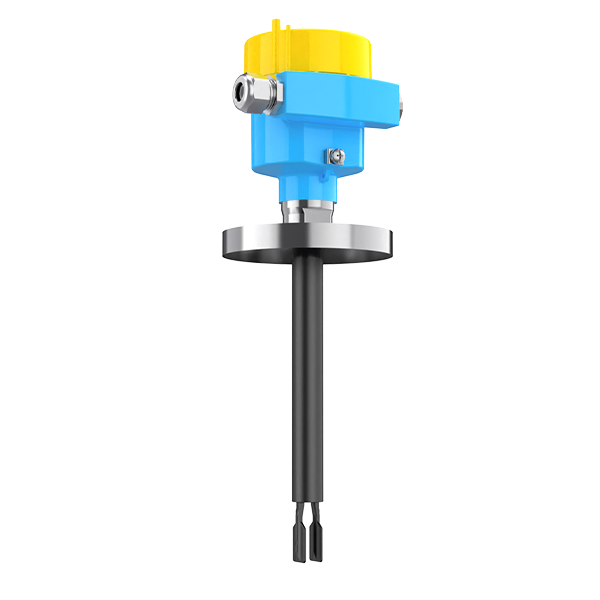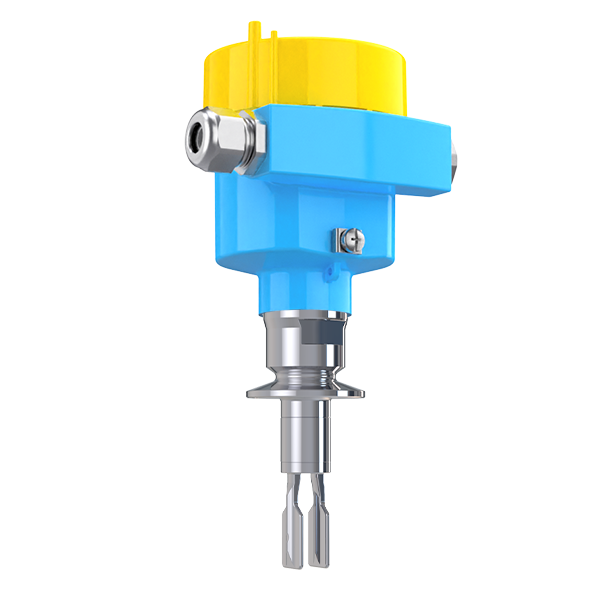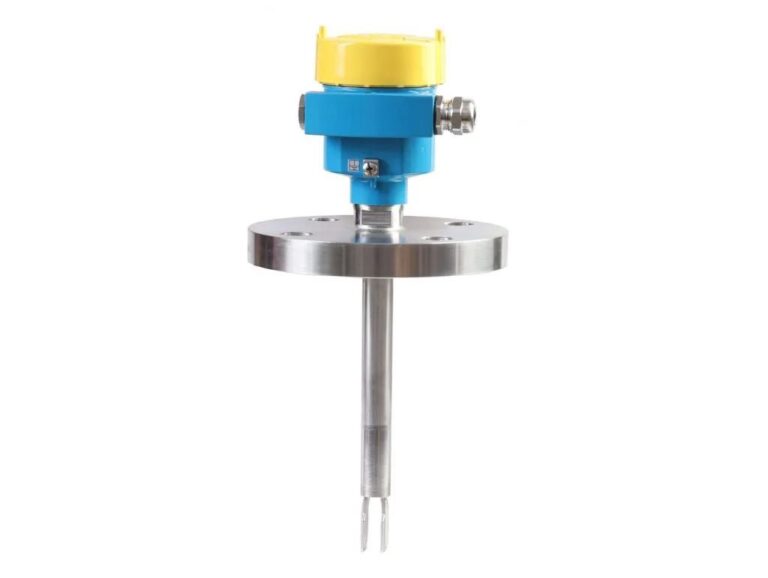Introduction: Ensuring Reliable Liquid Level Measurement in Harsh Industrial Environments
In high-temperature, high-pressure, and highly corrosive industrial environments, ensuring accurate and stable liquid level measurement is a significant challenge. Tuning fork level switches, known for their high precision and reliability, are widely used in various industries. However, their performance largely depends on their core component—the fork body, which directly contacts the measured medium. To enhance durability and operational stability, these switches are equipped with a crucial protective component: the hermetically sealed insulating tube. Acting as a dedicated guardian, this component effectively shields the fork body from harsh environmental conditions, ensuring long-term measurement accuracy and operational safety.
This article provides an in-depth exploration of the working principle, structural design, and applications of hermetically sealed insulating tubes in tuning fork level switches. Additionally, we will discuss case studies and future developments in this field.

1. Understanding the Hermetically Sealed Insulating Tube: Principle and Structure
Working Principle of Tuning Fork Level Switches
Tuning fork level switches operate based on changes in vibration frequency. When the tuning fork body comes into contact with a liquid, its resonance frequency decreases significantly. This frequency shift is detected by an internal electronic module, which then converts it into a switching signal. This mechanism enables the system to trigger liquid level alarms or execute process control actions.
However, in harsh industrial environments, various factors such as high temperature, high pressure, and chemical corrosion can compromise the performance of the tuning fork body. This is where the hermetically sealed insulating tube plays a critical role—it safeguards the fork body and electrical connections, ensuring stable operation under complex conditions.
Structural Components of the Hermetically Sealed Insulating Tube
A typical hermetically sealed insulating tube in a tuning fork level switch consists of the following key components:
1. Tube Body
Material: Commonly made of stainless steel, Hastelloy, or high-performance engineering plastics.
Properties: High mechanical strength, corrosion resistance, and heat resistance, enabling operation in extreme conditions.
2. Sealing Elements
Components: Includes O-rings, gaskets, and sealing washers.
Function: Ensures a tight seal between the insulating tube, fork body, and connection wiring, preventing external gas, liquid, or dust from infiltrating the internal system.
3. Insulating Material
Common Materials: Ceramic, glass, or polymer-based insulation materials.
Purpose: Electrically isolates the wiring to prevent short circuits and signal interference, ensuring stable signal transmission.
4. Connection Elements
Types: Threaded joints, flanges, or welded connections.
Function: Secures the insulating tube firmly to the fork body and wiring system, maintaining the overall structural integrity of the switch.
A key technology used in high-performance hermetically sealed insulating tubes is the fusion of borosilicate glass with stainless steel, creating an exceptionally robust hermetic seal. This design prevents hazardous liquids from penetrating through extended tubing and process connections, even in extreme conditions, thereby mitigating the risk of high-temperature, high-pressure, and corrosive liquid leakage.

2. Applications: Where Hermetically Sealed Insulating Tubes Make a Difference
The hermetically sealed insulating tube is widely used in industries where accurate and reliable liquid level measurement is critical. Below are some key application scenarios:
Oil & Petrochemical Industry
Challenges: High-temperature, high-pressure, and chemically aggressive liquids.
Solution: The insulating tube protects the fork body from corrosive media, ensuring precise and stable level measurements, thereby enhancing plant safety and efficiency.
Food & Pharmaceutical Industry
Challenges: Strict hygiene and contamination control requirements.
Solution: The hermetic design prevents contaminants from entering the system, ensuring that the switch complies with sanitary regulations and maintains product quality.
Power, Metallurgy, and Pulp & Paper Industries
Challenges: Exposure to harsh environments with high particulate contamination and extreme temperatures.
Solution: The insulating tube enhances the resilience of tuning fork level switches, ensuring uninterrupted operation in demanding conditions.

3. Case Study: Enhancing Liquid Level Measurement in a Chemical Storage Tank
A chemical processing plant faced frequent failures in its liquid level measurement system due to aggressive chemicals eroding the tuning fork body, leading to inaccurate readings and potential safety hazards. To address this, the plant upgraded to high-temperature hermetically sealed insulating tubes, which:
Effectively shielded the fork body from corrosive chemicals.
Maintained measurement accuracy and stability even under extreme conditions.
Extended the service life of the level switch, reducing maintenance frequency and costs.
This upgrade significantly improved plant safety and operational efficiency, demonstrating the crucial role of hermetically sealed insulating tubes in industrial applications.

4. Future Trends: Smart and High-Performance Developments
With advancements in industrial technology, hermetically sealed insulating tubes are evolving in the following directions:
1. Integration with Smart Sensors
Future designs may incorporate additional sensors for real-time monitoring, allowing predictive maintenance and remote diagnostics.
2. Improved Materials for Extreme Environments
Ongoing research aims to develop new materials with enhanced thermal stability, corrosion resistance, and mechanical strength to expand operational limits.
3. Miniaturization and High-Performance Upgrades
As industrial processes demand more compact yet powerful solutions, tuning fork level switches with miniaturized but high-performance insulating tubes will become more prevalent.

Conclusion
As an essential component of tuning fork level switches, hermetically sealed insulating tubes play a pivotal role in ensuring accurate and reliable liquid level measurement. Their ability to withstand extreme environments while maintaining signal integrity makes them indispensable in various industrial sectors. With continued advancements in materials science and smart technologies, these components will further evolve to meet the demands of next-generation industrial automation, enhancing both safety and efficiency.
By investing in high-performance hermetically sealed insulating tubes, industries can safeguard their critical measurement systems, reduce maintenance costs, and drive smarter, more efficient industrial operations.
